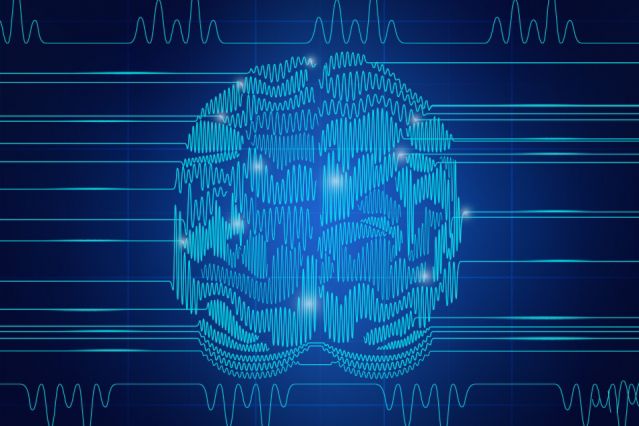From understanding the human body to comprehending meteors, this week in science has led to massive discoveries about our universe and the humans within it.
RNA Discoveries
When studying RNA for the past 50 years, scientists have approached RNA in the same way, as simple messengers that carry information from DNA to proteins. However, recent research has combated this perceived truth and has shown scientists that RNA’s role far exceeds simple coding processes, but rather it plays an integral role in the development of a genome. Throughout numerous studies, researchers have discovered over 25,000 genes with instructions for non-coding RNAs within the human genome. These RNAs have been found to influence disease and health in ways that researchers had never before conceived.
Scientists have made public their recent findings, and have highlighted a few different examples of RNAs that have been successful in impacting the human body outside of their messenger function. IncRNAs, known as long non-coding RNAs, can have a negative impact for those seeking cancer treatment. While the full science isn’t understood yet, it has been measured that these RNAs can have a negative reaction to chemotherapy and prohibit successful treatment. MicroRNAs can have an effect on the spread of tumor diseases, and if overabundant or malfunctioning, can lead to potential heart disease. Transfer RNA fragments have recently been found to help a virus metastasize, as well as increase susceptibility of a human to a virus by causing inflammation. However, non-coding RNAs aren’t all bad for our bodies; recent studies show that SINE RNAs have been effective at slowing down and protecting against a virus.
New research in metal asteroids
Ferrovolcanism, volcanic activity occurring within the core of metallic asteroids, is a new concept being researched by planetary scientists. These asteroids are assumed to be exposed, broken up and have iron-rich cores of planetesimals, a minute planet, that survived after collisions while the universe was developing and expanding. To conduct this research, scientists have developed a probe that will be attached to a metal asteroid called Psyche in 2022. This new testing will be the first time anyone has seen what volcanism is likely to look like in these asteroids.
Neurology Discovery shows brain wave effect on memory
A study has recently shown that by syncing the brain waves of older individuals, one can increase recall powers. The study included 42 participants between the ages of 60 and 76. External electrodes were sent to coordinate brain waves in two parts of the brain: the left prefrontal cortex and the left temporal cortex, both involved in working memory. Nature Neuroscience reported that after 30 minutes of “calibrated stimulation”, participants could make better judgments of images shown to them on screen. These results stem from a broader movement within the field, dedicated to using noninvasive therapies to benefit memory recall. This approach has also been seen in fields outside of dementia research, as similar methods have also been implemented to combat schizophrenia and autism.








